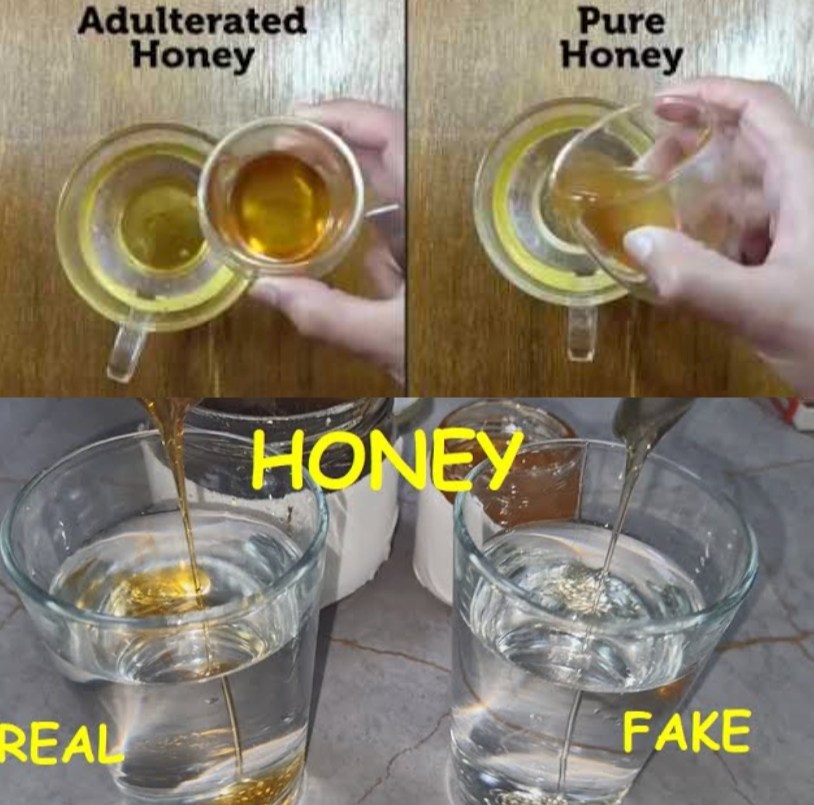Pure honey possesses unique densities and properties, and its purity can be assessed through various simple tests:
Thumb Test: Dab a small amount of honey on your thumb. Pure honey should stay intact and not spread or drip quickly. If it does, it’s likely adulterated.
Water Test: Fill a glass with water and add a bit of honey. Artificial honey dissolves quickly, whereas pure honey sinks and remains intact at the bottom.
Flame Test: Pure honey has the surprising ability to catch fire. Dip a matchstick in honey and strike it. If it lights easily and burns, the honey is pure. Fake honey, often diluted with moisture, will prevent the match from igniting.
Vinegar Test: Combine honey, water, and a few drops of vinegar. If the mixture foams, it suggests the presence of impurities.
Paper Test: Drop honey on blotting paper or a paper towel. Pure honey should not leave a wet mark or be absorbed quickly.
Ant Test: While not scientifically robust, this test suggests that ants are attracted to impure honey due to higher sugar content. However, this method is less reliable as ants may be attracted to both pure and adulterated honey.
Continue Reading in next page

